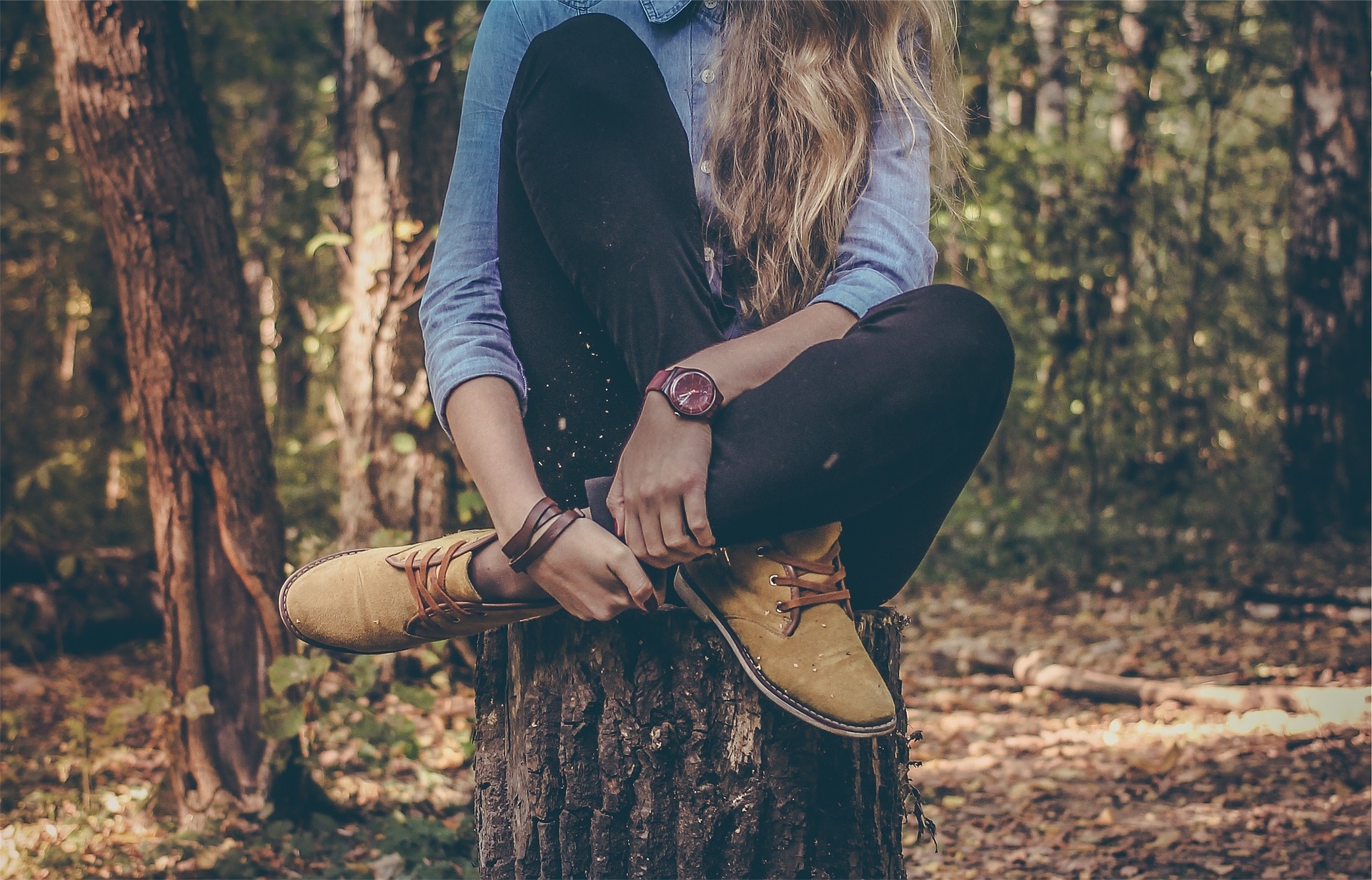
Easy Ways To Teach Your Children About Sustainability
Teaching your children about sustainability can be a tricky subject to approach and there is so much to consider in terms of what you should and shouldn’t share with them, especially at a young age. As parents, we all try and do our best to teach our children numerous skills and part of this is teaching them how to become a better person in the future.
We all live on the same planet and learning how to properly care for our planet and reduce our carbon footprint means that we can enjoy natural beauty for longer, all whilst looking after the health of our planet. Teaching children steps towards becoming more sustainable, no matter how small, are likely to make them more environmentally conscious as they grow older, meaning that they will likely continue with this belief for many years to come and keep up with any habits taught at an early age.
With this in mind, however, it can be daunting to know where to start when it comes to teaching your children about sustainability. Whether they’re young, or are perhaps growing into pre-teens and are ever more inquisitive about the world around them, here are some easy ways you can teach your children about sustainability.
Spend Time In Nature
Simply put, if your children are spending most of their time outdoors amongst nature, then they will instinctively pick up an affinity for taking care of the areas around them. Rather than spending time sitting indoors on tablets or watching TV, encourage your children to spend time outdoors by visiting parks, trails and woodlands in your local area.
You can teach them different ways about how our actions can impact the environment, so if you see things such as litter in green areas or polluted waterways, you can explain how this damages the environment and walking to school, rather than driving, highlights damage caused by exhausts. Depending on the age of your children, you can simply say it makes nature unwell if they’re young, or if they’re older, you can explain how and why.
Saving Water In The Home
Using excess water puts a huge strain on water resources and consumes more energy. Children can have a hard time understanding where things such as electricity and water come from, and don’t see using it in excess as an issue, it’s simply just something they can do. However, teaching children to turn lights off when they leave a room or to simply turn the tap off when brushing their teeth are all small things that can make a huge difference.
Try not to approach these issues when in a rush or in a negative situation and instead develop different ways to discuss these points with your children to help them understand that such resources are scarce. You could maybe go for a walk around a local reservoir and explain that this is where the water we use is stored, or in the garden set up a water butt that children can use to water flowers and plants with saved rainwater.
Teach Them About Recycling
A small thing such as putting empty drinks cartons into the right recycling bin is a big enough starting point to teach your children about recycling and the importance of such actions. Recycling waste and rubbish is something that we can all do and massively reduces the amount of trash that ends up in the local areas. Making recycling a way of life in your household is a great way to teach your children about using less and recycling what they do use where possible.
Look at ways you can incorporate this into your child’s daily life so that they are aware of it at different times and locations. For example, things such as using reusable snack bags in their lunchboxes instead of single-use foil or plastic wrap, refillable water bottles and offering foods not wrapped in plastic wrappers can spark reminders for this behaviour whilst at school.
Fun Animal Facts
Sadly, animals are the most affected by environmental changes and pollution and it’s important that, when you are teaching children about sustainability, the health and care of animals is included if you want them to have a well-rounded insight as they get older. Introducing children to animals from a young age can help you to raise them to become more eco-friendly as they get older and there are many ways in which you can do this.
Family pets are a great way to introduce your children to animals and allow them to first-hand take care of animals as a way of daily life. Children will first hand see how things can affect their pets and by learning this from a young age, they will be more likely to take care and consider the wellbeing of animals as they grow. Visiting zoos and local farms also introduces children to the number of different animals that form part of our planet and why they are important.
Conclusion
It might not always be the easiest topic to approach, but teaching your children about sustainability is something that will stick with them for the rest of their life. For young children, starting with easy and simple answers to their questions, or even just introducing them to recycling is enough to plant the seed of sustainability as they grow. There are many ways in which you can teach your children about sustainable concepts and the importance of it, but it just depends on you and your family.





